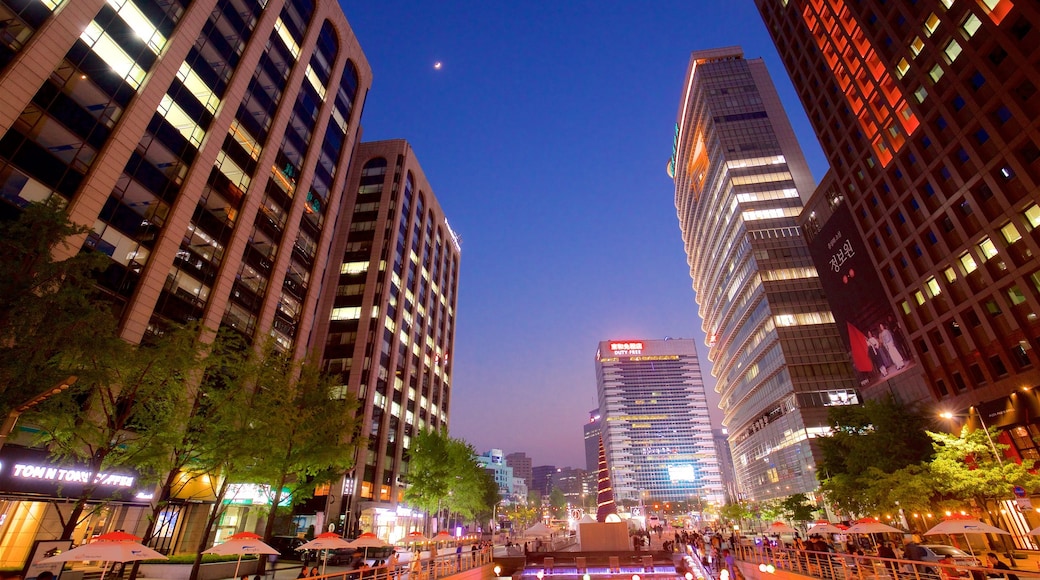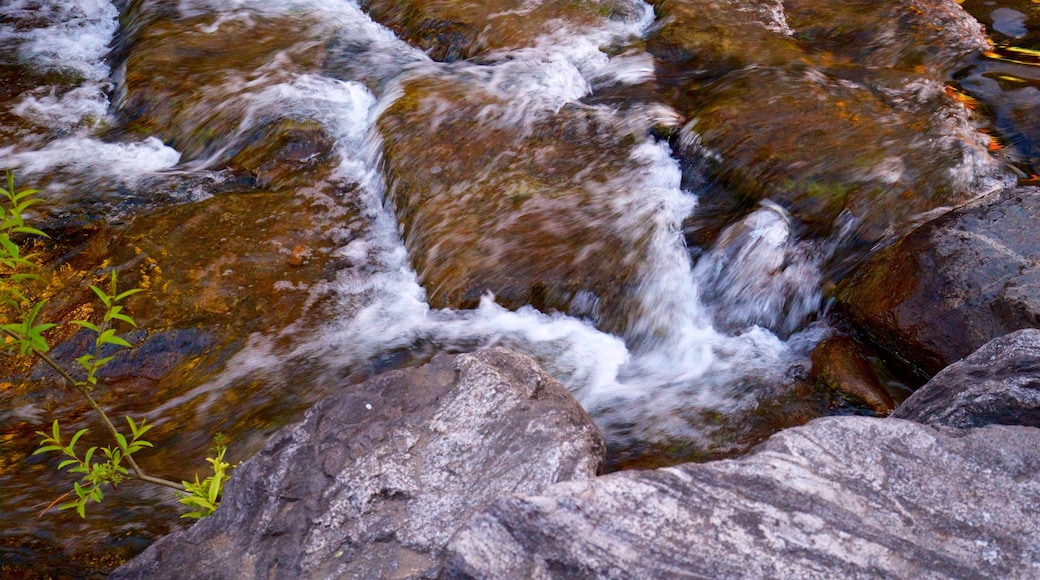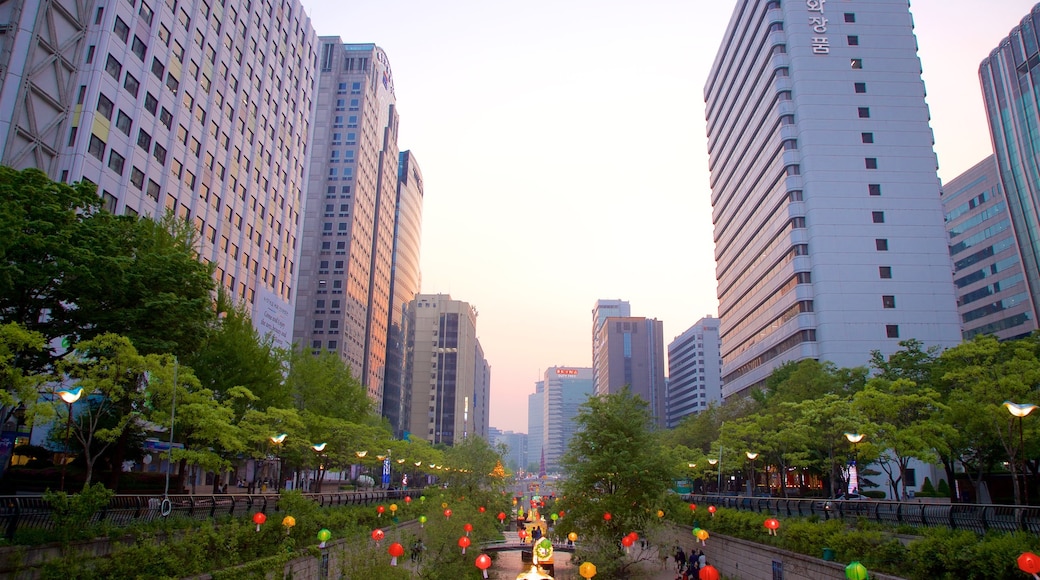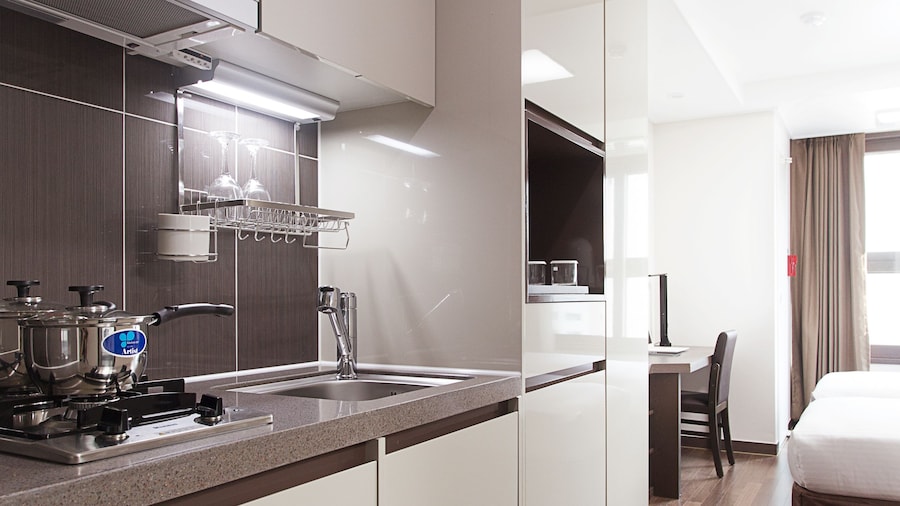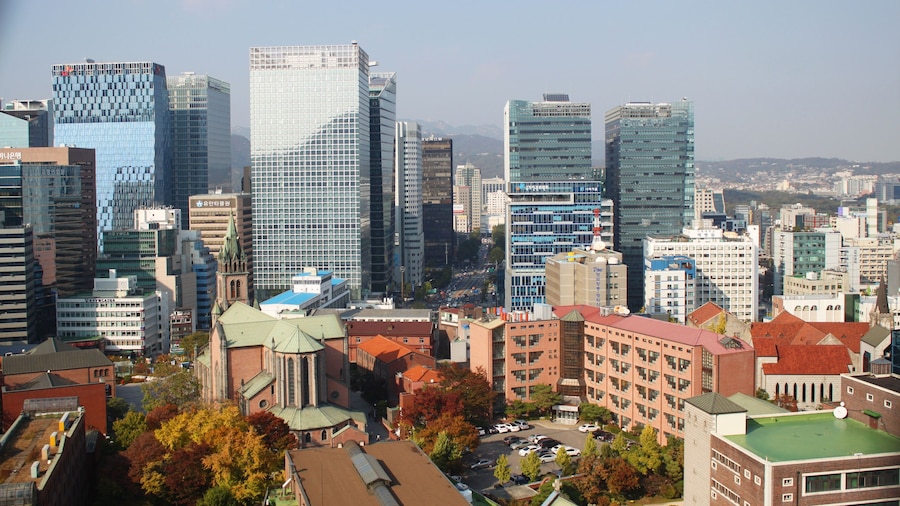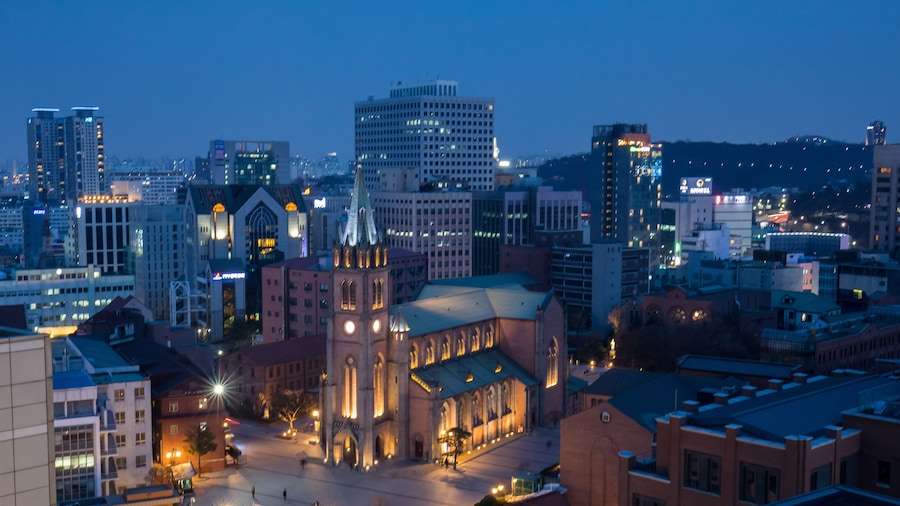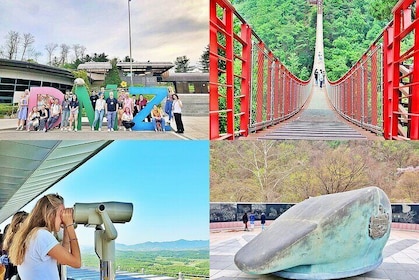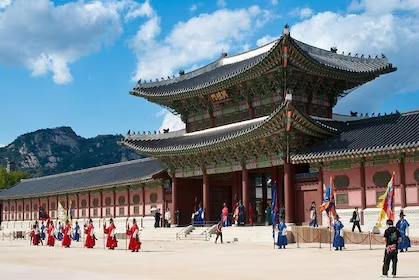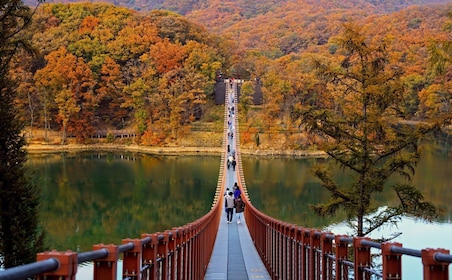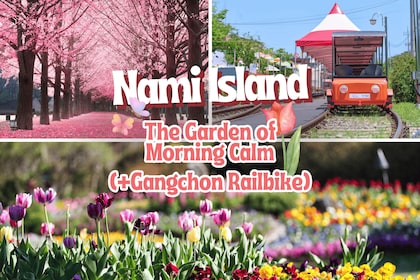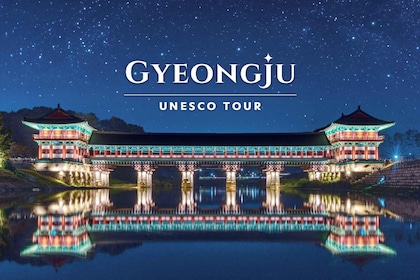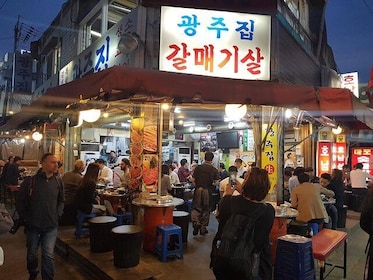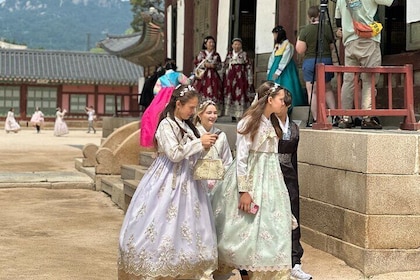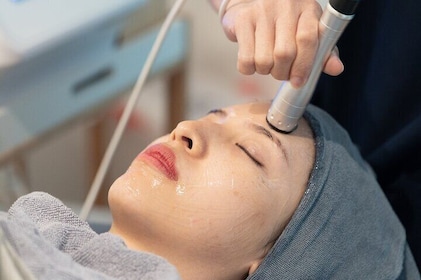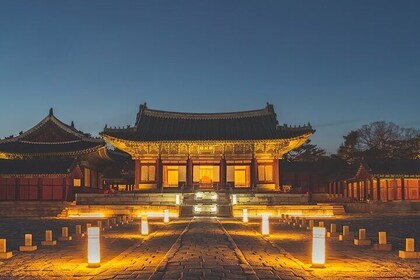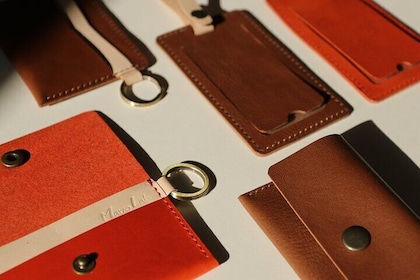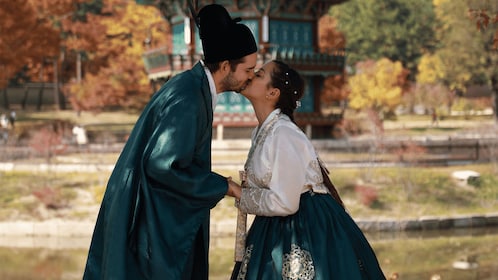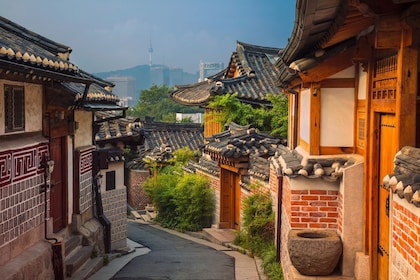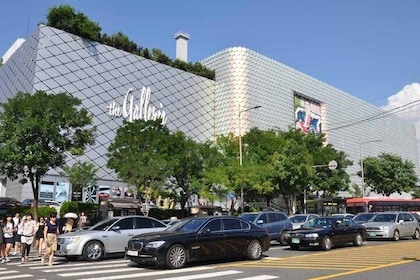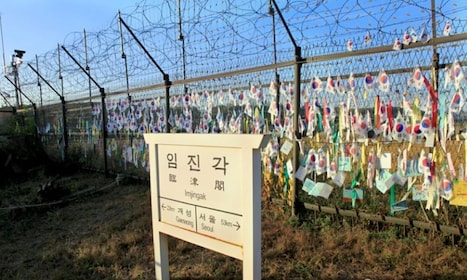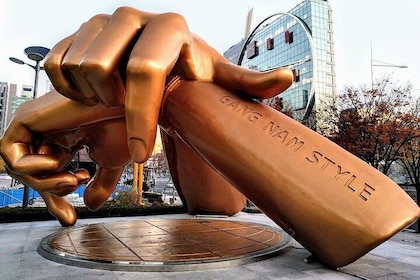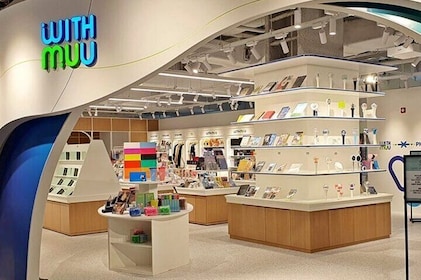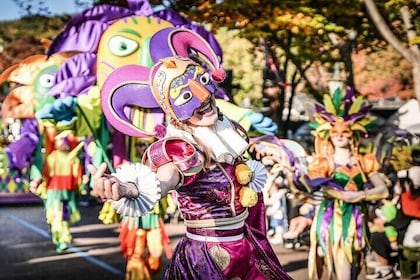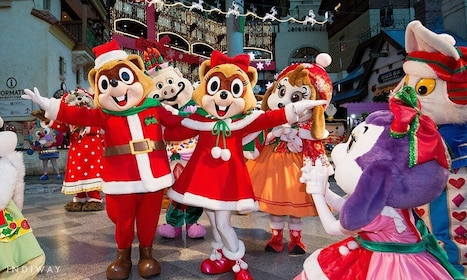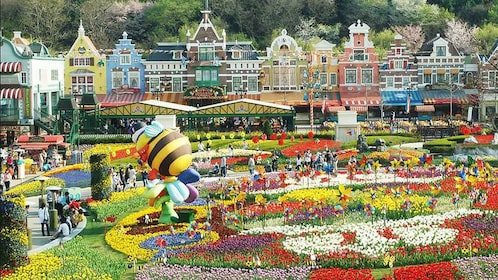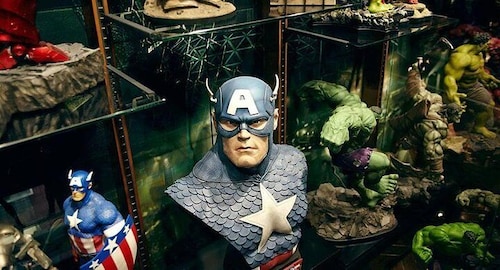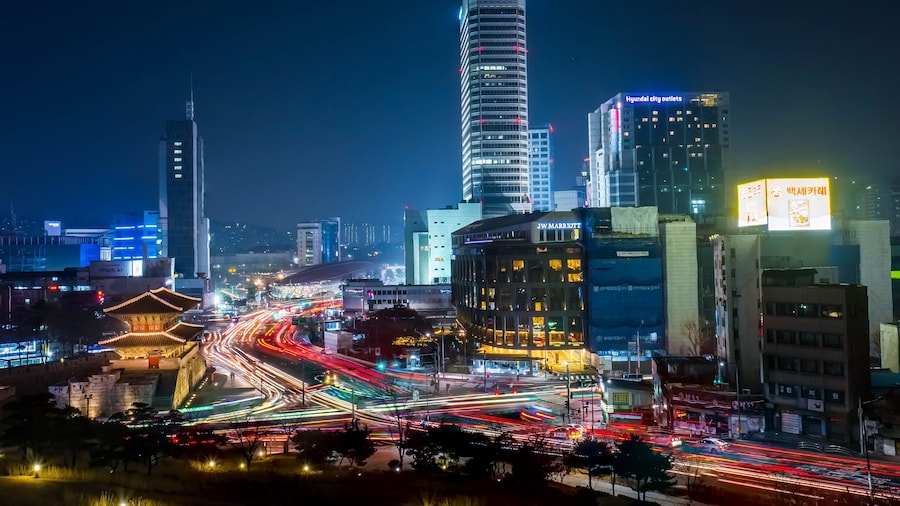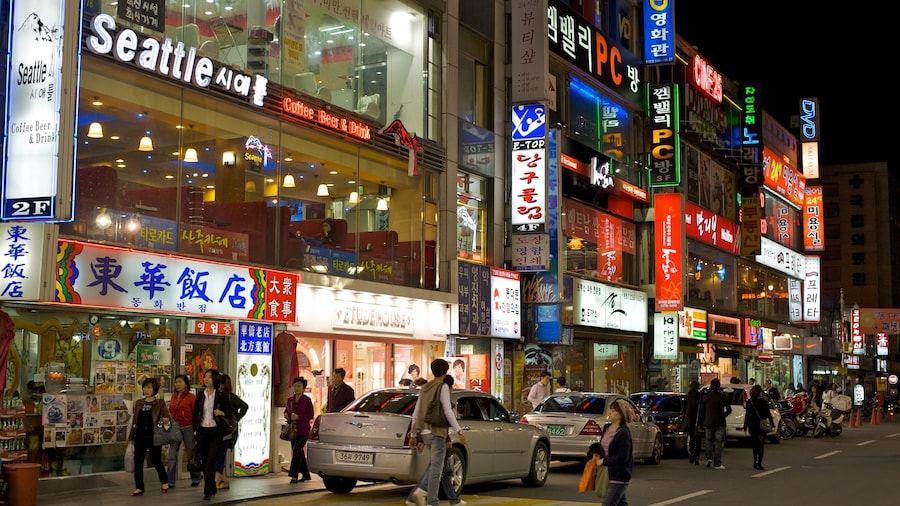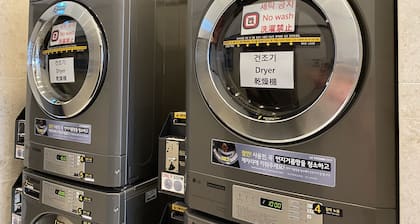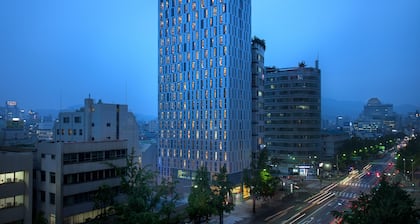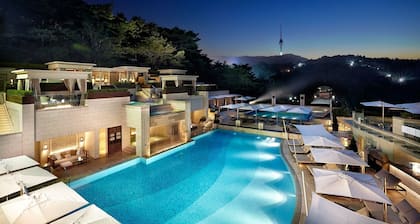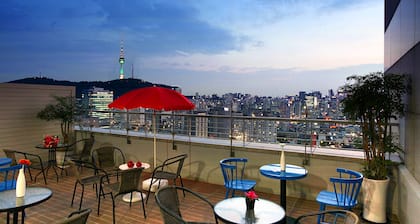Just a few moments’ walk from Sejongro, one of the busiest streets in the city, you’ll come across the Cheonggyecheon Stream. This 3.6 mile (5.8-kilometer) stretch of flowing water is surrounded by trees and grass, and is spanned by 22 bridges. It runs from west to east through downtown before reaching Jungnangcheon and eventually flowing into the River Han.
Cheonggyecheon Stream was not always such a welcome sight. During the 1950s, the squalid state of the water meant that the authorities covered it with concrete. Later on, an elevated highway was constructed over the top. The area as you see it today was reopened in 2005. The area became extremely popular with locals, and was soon a favorite meeting spot for Seoul families.
You can take a walking tour of Cheonggyecheon Stream. (Go to the Cheonggye Plaza information booth for details and to pay for the tour). Learn more about the history of the stream and how it came to be the center of one of the most popular urban renewal schemes in the country. Guides will also point out the various waterfalls, fountains and art installations along the route.
If you prefer to do your own walk, it’s recommended you start at Gwanghwamun station. Here you’ll see a bubbling fountain and often some kind of street performance. As you make your way along the stream, look out for architecture like the butterfly-inspired Narae Bridge, and various displays of local art on and around the water.
The Cheonggyecheon Stream flows through much of downtown, so you can use it as a route to visit various Seoul landmarks. Deoksugung Palace, Seoul Plaza and Insadong Street are all within walking distance of the stream. Cheonggyecheon Stream is open all day, every day. There is no entrance fee. If you’re in Seoul long enough it’s worth visiting once in the day, and again at night. After dark, the water and surrounding shrubbery is illuminated.

